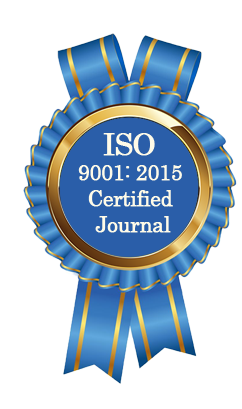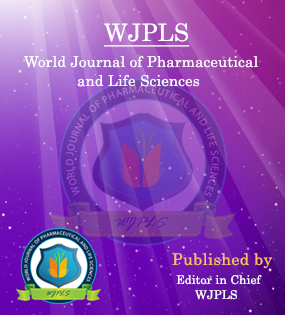Abstract
EFFECTS OF SOME HEAVY METALS ON CHLOROPHYLL PIGMENT AND ASCORBIC ACID CONTENT IN INDIAN MUSTARD PLANT (Brassic Juncea) Leaves.
Shobha Shrivastava*
ABSTRACT
Remediation of soil pollution is one of the many current environmental challenges. Plants can take out heavy metals from polluted soil and translocate them to their above plant tissues by the process of phyto extraction. Biochemical parameters in the leaves can be used as indicators of pollution for early diagnosis of stress and physiological damage. The present study was carried out to evaluate the effect of Cadmium (cd) and Lead (pb) on the chlorophyll and ascorbic acid content of Brassica juncea leaves. In this study, the pot experiment was performed in green house. B. juncea plants were planted in artificially Cd and Pb contaminated soils in different concentration of 10 mgkg-1Cd(CdCl2), 50 mgkg-1Pb (PbCl2) and mgkg-1Cd (Cdcl2)+ 50 mgkg-1 (PbCl2) along with ethylene diamenetetra acetate (EDTA) 1gkg-1. B. juncea plant on exposure to Cd and Pb contaminated soil was showed the chlorophyll contents of the leaves were significantly decreased while the ascorbic acid content increase at the stage of flowering.
[Full Text Article] [Download Certificate]WJPLS CITATION 
| All | Since 2020 | |
| Citation | 590 | 424 |
| h-index | 12 | 10 |
| i10-index | 17 | 14 |
INDEXING
NEWS & UPDATION
BEST ARTICLE AWARDS
World Journal of Pharmaceutical and life sciences is giving Best Article Award in every Issue for Best Article and Issue Certificate of Appreciation to the Authors to promote research activity of scholar.
Best Article of current issue
Download Article : Click here





